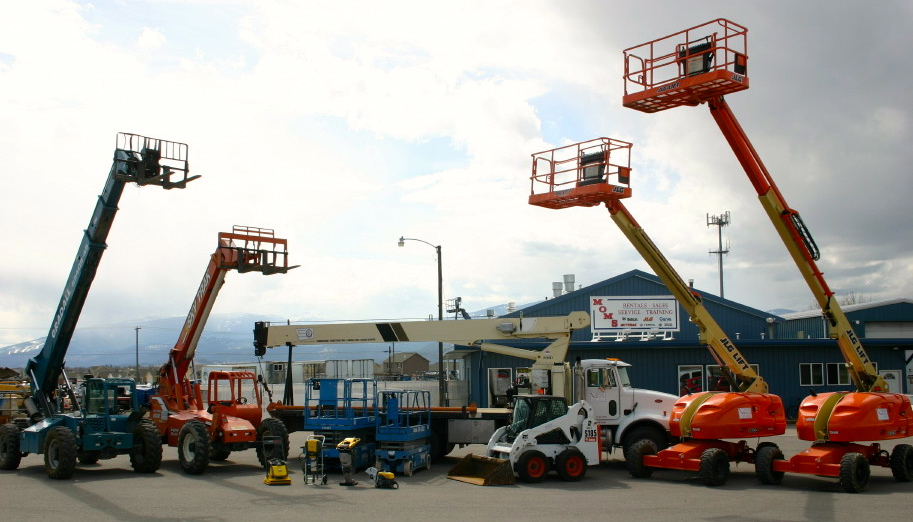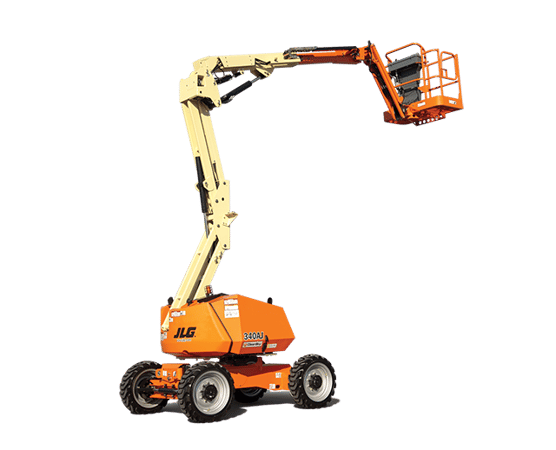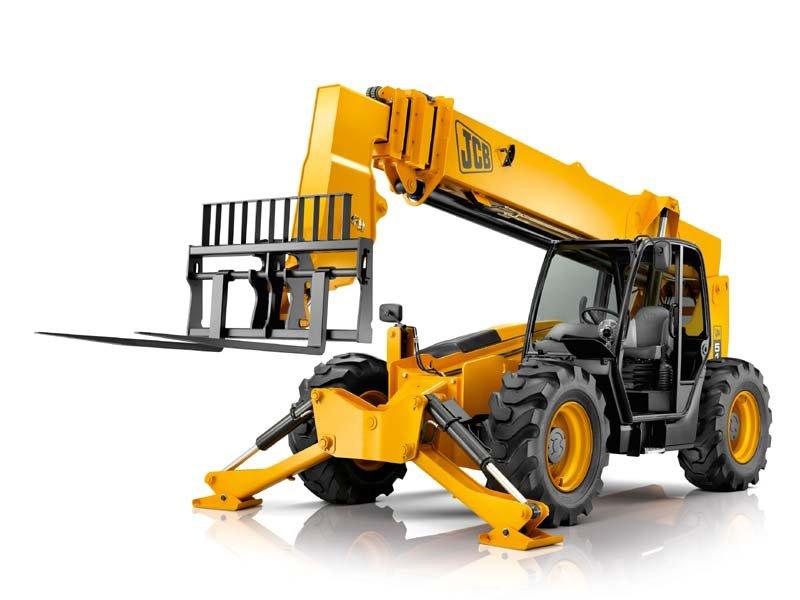Optimize Your Budget Plan by Understanding the Prices Related To Construction Tools Leasings
Understanding the complete range of prices related to building equipment services is important for maximizing your budget. While the initial rental cost might seem simple, various extra expenses-- such as transport, gas additional charges, and maintenance-- can rapidly accumulate, influencing your monetary preparation. Additionally, knowing different charges and the intricacies of rental contracts can aid avoid unanticipated monetary problems. What methods can be employed to efficiently take care of these costs and ensure an extra efficient rental experience?
Overview of Rental Prices
When thinking about building equipment leasings, understanding the linked costs is vital for efficient budgeting and project preparation. Rental costs can differ considerably based upon a number of factors, including tools type, period of service, and place. The initial rental charge often shows the tools's market demand and its associated operational abilities, affecting the total cost.
Along with the base rental rate, secondary expenses might emerge, such as transportation charges, gas additional charges, and upkeep charges. It is important to make up these additional expenses to accurately examine the overall price of renting equipment. In addition, the rental period can impact prices; longer leasings might get approved for reduced prices, while temporary services could incur higher everyday costs.

Breakdown of Rental Rates
A comprehensive understanding of rental rates is vital for specialists and job supervisors intending to maximize their budget plans. Rental rates for building tools typically contain several components, including base prices, time-based costs, and use fees.
Base rates are the core costs connected with the leasing of the devices, frequently figured out by the type and size of the machinery. These prices can vary significantly, affected by aspects such as equipment need, accessibility, and local market fads. Time-based fees, which may be daily, weekly, or monthly, offer to suit different task timelines and rental durations.
Additionally, rental prices may include use fees, which apply when devices is used past a defined threshold, making certain that the rental business can make up deterioration. Seasonal need variations can likewise impact rental rates, with peak construction periods typically commanding greater prices.
Additionally, comprehending the rental business's policies relating to maintenance and insurance coverage can offer additional understanding right into the overall price structure. By assessing these parts, service providers can make educated choices, guaranteeing the selection of rental equipment straightens with both project requirements and budget plan restraints.
Extra Fees to Consider
Understanding the intricacies of additional charges is crucial for specialists to handle their total rental expenditures efficiently. Beyond the common rental prices, numerous supplemental charges can significantly influence the total cost of equipment service. These fees typically include shipment and pick-up costs, which can vary based upon range and logistics associated with transferring the tools to and from the work website.
Additionally, some rental business might impose fuel surcharges if the tools is returned with less fuel than when rented. It is likewise vital to recognize possible cleaning charges, especially for specialized equipment that requires extensive maintenance after use.

Extensively examining the rental arrangement and clarifying these added charges in advance can aid contractors stay clear of unexpected expenses and ensure that budget plans remain undamaged throughout the project lifecycle.
Maintenance and Repair Work Expenses
Routine repair and maintenance costs are often neglected factors that can dramatically influence the overall cost of building devices services. When renting out tools, it is crucial to take into consideration not only the rental fees but additionally the potential expenses linked with maintaining the machinery in optimal operating problem.
Lots of rental companies consist of standard upkeep as component of the rental contract; however, more extensive repair services or unexpected failures can cause additional expenses. It's important to review the rental agreement meticulously to understand what upkeep services are covered and what obligations drop on the tenant.
Moreover, equipment that is not well-maintained can cause inefficiencies on duty site, potentially raising and causing delays job prices. To mitigate these risks, it is recommended to conduct regular examinations and preserve open interaction with the rental service provider relating to any type of concerns that Check This Out develop during usage.
Insurance Policy and Responsibility Prices
Insurance coverage and obligation prices are crucial components that can substantially impact the overall expenditure of building tools rentals (forklift rental). These costs ensure that both the rental company and the client are safeguarded from potential economic losses emerging from crashes, damages, or burglary during the rental period

Additionally, clients must know any type of deductibles or exclusions in the insurance coverage, as these can affect prospective out-of-pocket expenses. Comprehending the terms and problems of any insurance policy coverage is crucial to avoid unanticipated expenses. Ultimately, budgeting for insurance coverage and obligation expenditures can help make certain a smoother rental experience and shield against monetary dangers connected with building projects.
Conclusion
In verdict, an extensive understanding of the prices linked with construction equipment leasings is important for effective budget plan management. Eventually, educated decision-making pertaining to tools services adds to the overall success of building endeavors.
Rental prices can vary dramatically based on a number of variables, including tools kind, duration of service, and place (boom lift rental). The rental period can influence reference rates; longer leasings might certify for reduced rates, while short-term rentals could sustain greater daily costs
By carrying out complete research and engaging with credible rental firms, specialists can effectively browse the complexities of rental pricing, ultimately optimizing their economic resources.
Beyond the typical rental rates, different additional fees can substantially affect the total price of devices leasing. Rental companies often supply responsibility insurance coverage that covers injuries to 3rd parties or damage to property, while tools damages insurance policy can cover the price of fixings or substitute if the leased tools is harmed.